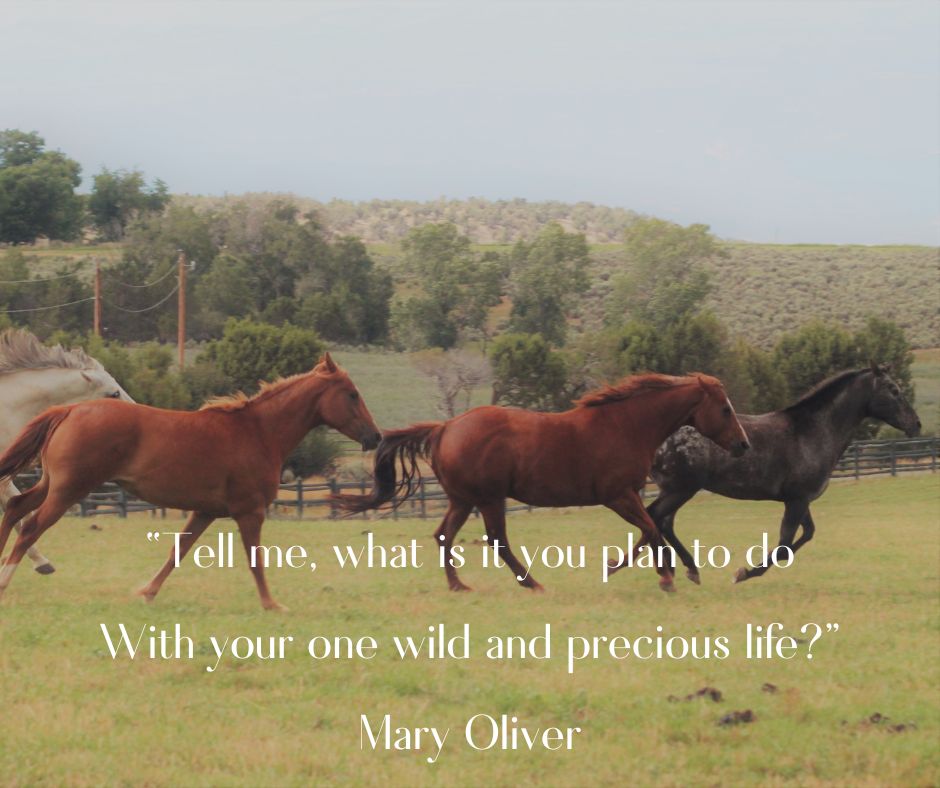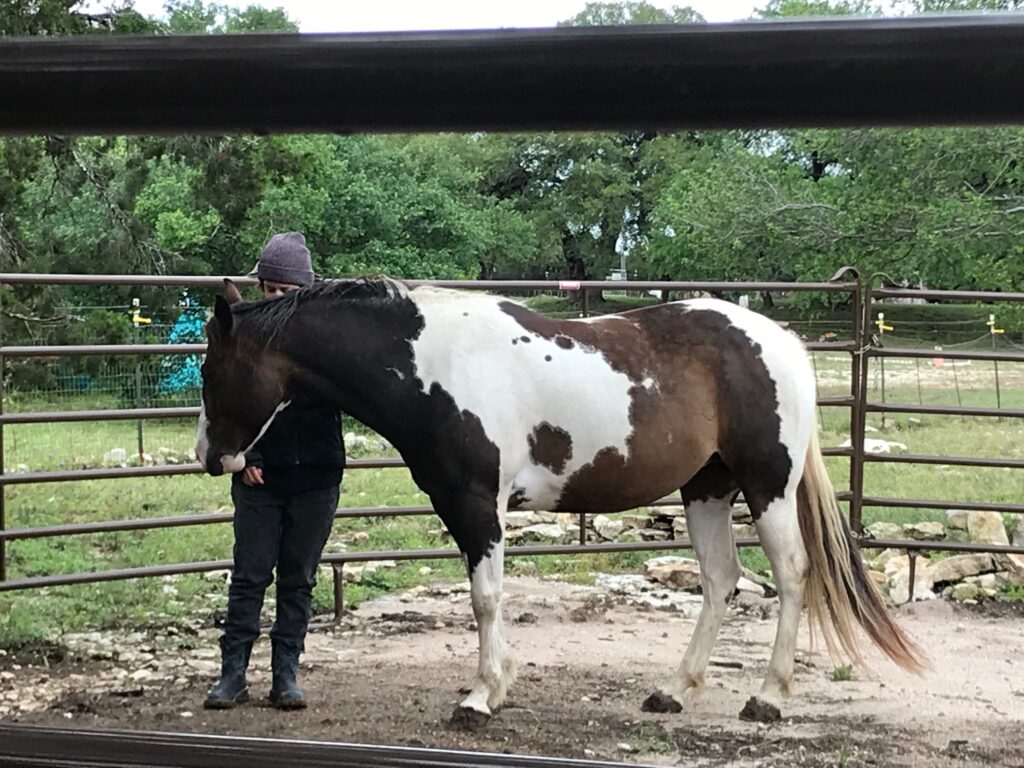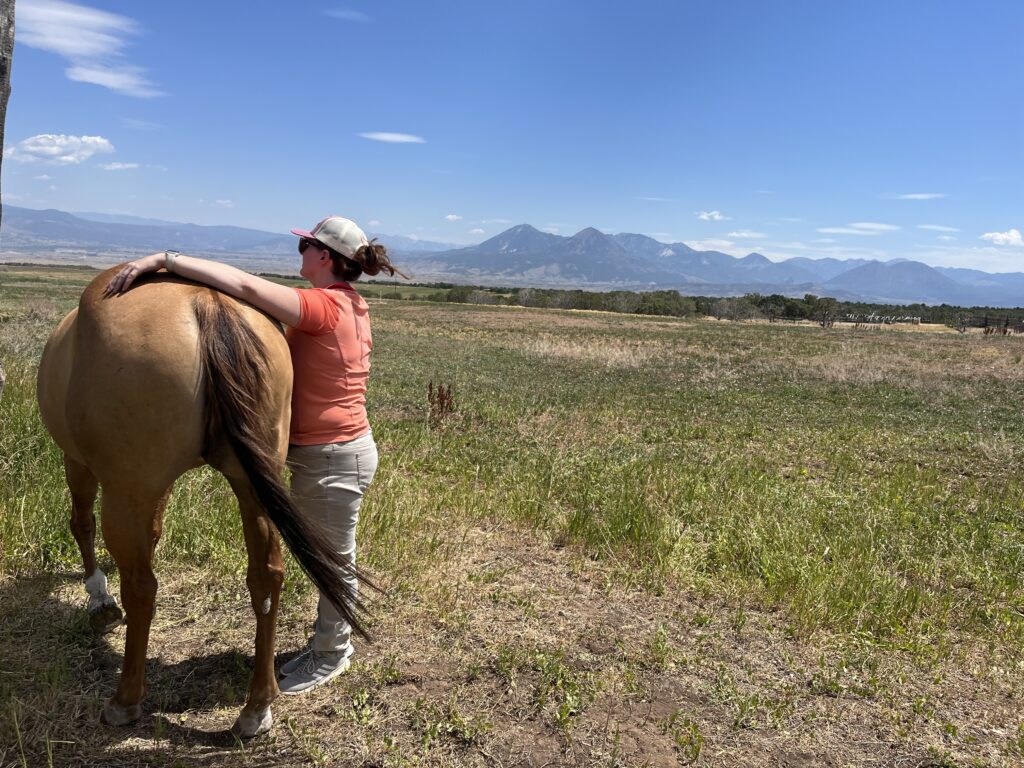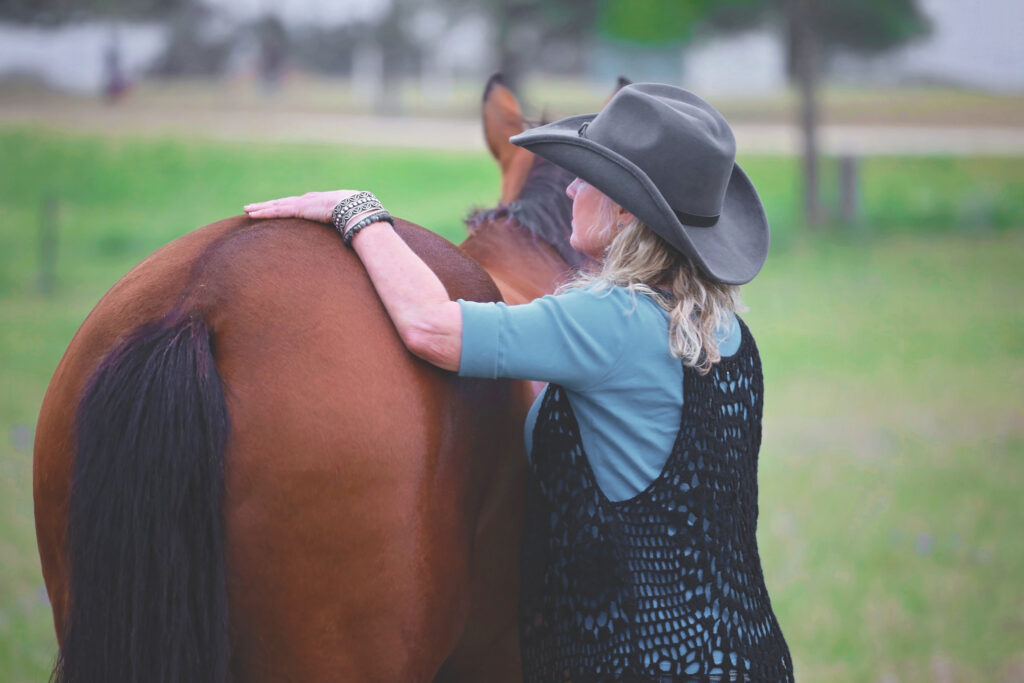
The Path to Healing
When we experience trauma, our nervous system shifts into survival mode, engaging the sympathetic nervous system in what we commonly call “fight or flight.” This response floods the body with cortisol and adrenaline to prepare us for immediate action—helping us face, escape, or dissociate from a threat. This instinct is crucial for our survival. However, when the brain remains in this state long after the threat has passed, it can lead to maladaptive coping mechanisms and a prolonged sense of hyper-vigilance, or plunge us into a freeze response, sometimes for decades.
Trauma reactions may serve us well in the short term, but without healing, they can disrupt our lives, sabotaging our ability to form stable relationships and keeping our nervous system locked in a heightened state. This constant cycle of fight, flight, or freeze impacts our physical and mental health, preventing the calm and connection we need for well-being.

The Healing Journey
The encouraging news is that our brains have remarkable plasticity, known as neuroplasticity. This means we can form new neural pathways that support healthier responses, enabling us to connect authentically with others, reconnect with our intuition and creativity, and bring our nervous systems into a calm, balanced state. Healing from trauma often brings a sense of lightness and relief, gradually diminishing symptoms of anxiety and depression.
A core aspect of healing is developing the ability to live in the present moment and recognize when our bodies respond to triggers. This awareness allows us to understand our physical sensations and emotional reactions, which is the foundation for creating those new, healthy pathways. Horses play an instrumental role here because they respond authentically to a person’s presence, helping clients practice mindfulness and emotional awareness in real-time.
Emotions and sensations are intrinsic to our nervous system, each providing insight into our needs and reactions. Learning to interpret these signals is essential for self-regulation, allowing us to respond to life’s challenges thoughtfully rather than react impulsively. This process involves three steps: recognizing what’s happening within us, responding appropriately, and returning to a state of calm. Only by achieving this calm can we form deep connections with others, think clearly, and make balanced decisions.

Mindfulness in Healing
Mindfulness is the practice of tuning into the present moment and acknowledging physical sensations, aligning our minds with our bodies. The body has the power to calm the mind, but the mind alone cannot calm the body. Our facilitators integrate mindfulness practices into the healing process, teaching clients to cultivate self-regulation and emotional intelligence. Humans are naturally intuitive, and developing this skill enables us to move through life with a calm and clear presence.
True healing can only occur when the brain perceives safety. Our approach to trauma-informed care, combined with the intuitive, grounding presence of horses, helps clients achieve this sense of safety.
